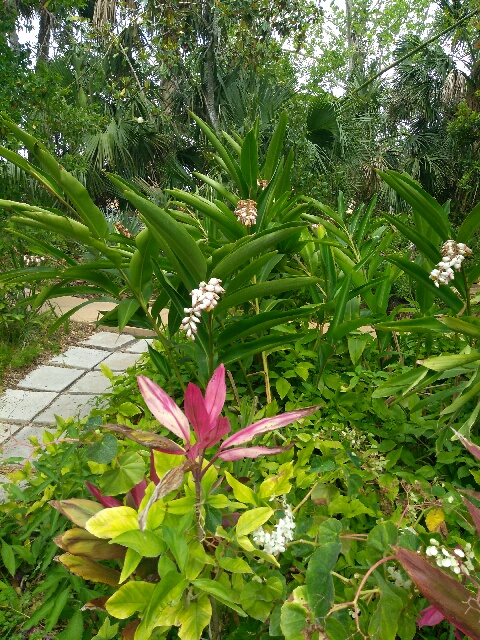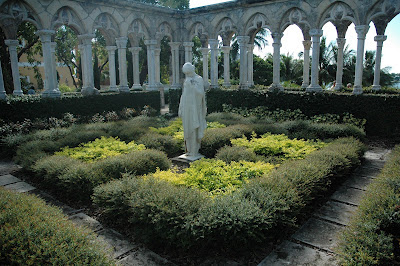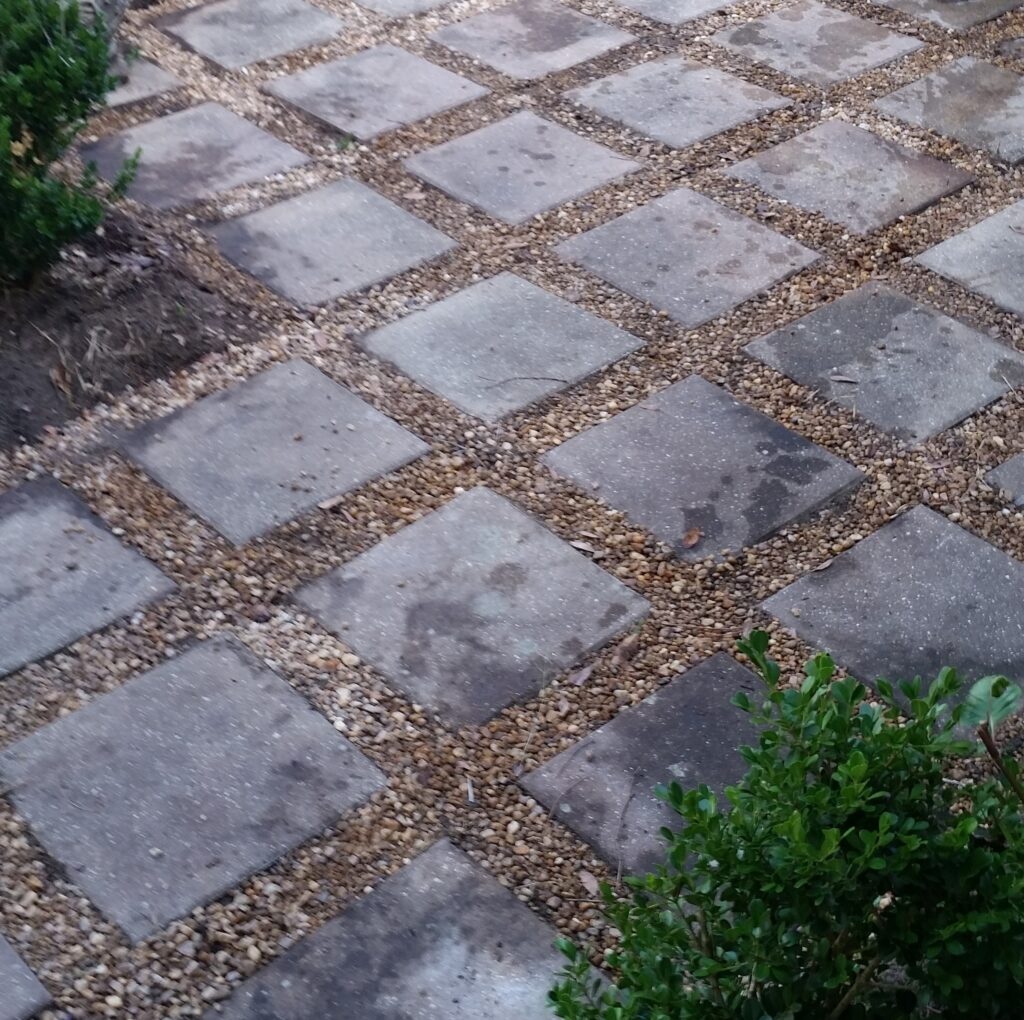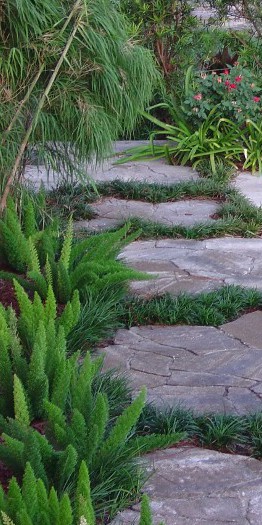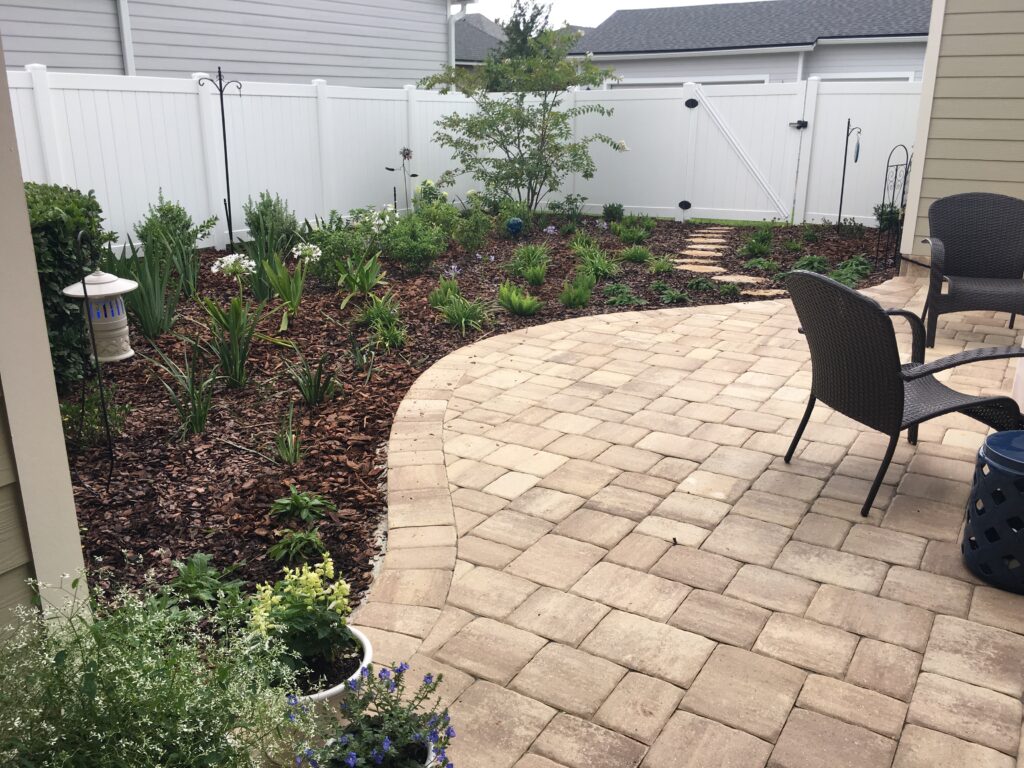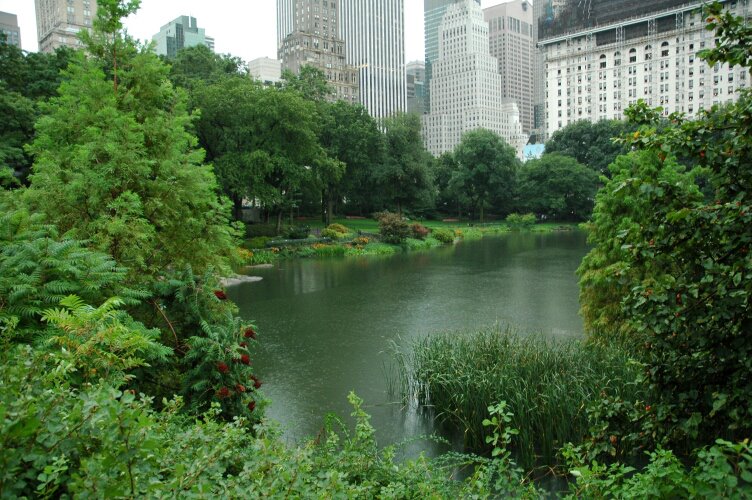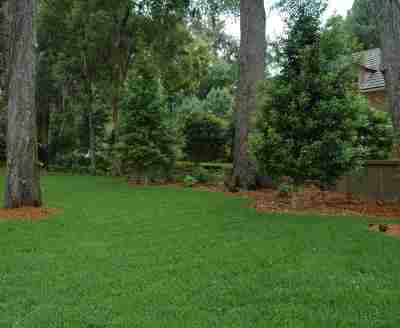Form as a Design Element in the Northeast Florida Landscape
Form in the landscape is both the size or scale of an object or area and the line that it creates against the backdrop of the ground and sky. It is the three dimensional area that those lines encompass. It can refer to an individual plant or object or the plant grouping, or the negative space left between those groupings within the landscape.
The form of the existing structures on a residential site, the home, sheds, pools, hardscapes, garden ornaments and even the planting beds can determine the overall pattern of forms or theme being used in the landscape.
If, as previously discussed, line is the life force of the landscape, then form would be the muscle, or the driving force that pushes the design the way that it needs to go. Repetition of forms in the landscape creates pattern and structure that gives us the overall organization of any landscaped setting.
Geometric Forms in the Landscape:
Circles, squares and polygons
Geometric forms are used in the landscapes in a variety of ways. These geometric forms when used in the landscape tend to create or lend themselves more towards formal landscaped settings.
Non geometric or Organic Forms in the Landscape – gently meandering lines that mimic natural forms
More natural meandering lines are often used in informal landscapes and more closely mimic a naturalized setting than geometric forms. They are irregular; like the flow of a river on a map they create gentle or smooth transitions from one space to another. Think of a natural pond or lakes edge in comparison to a man made pool or retention pond. Organic forms can, like geometric forms, be used in many ways in the Landscape.
Plant Forms in the Northeast Florida Landscape
Plant form can be the form of the individual plant or the form the plants make when grouped together as a mass. Like in geometrical and organic forms used in the landscape, plant form can lend itself to formal and informal landscapes depending on your placement in groupings and the natural form of the plant itself.
Plants should be grouped together with other plants that have similar forms for a more cohesive feel to the overall landscape. Using a few contrasting forms can be a good thing, for example adding focal points that attract attention to specific areas like the front entryway. When using sharply contrasting forms however, caution should be used as it can quickly go from adding an accent to creating chaos in the landcapes when too many contrasting forms are used.
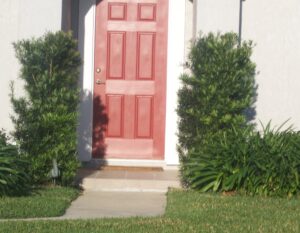
Upright / Pyramidal Form in the Landscape
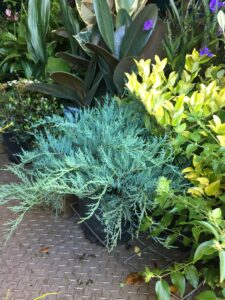
Spreading Form in the Landscape
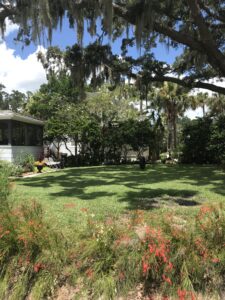
Arching Form in the Landscape
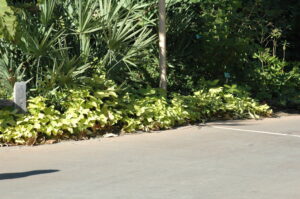
Broad Spreading Form in the Landscape
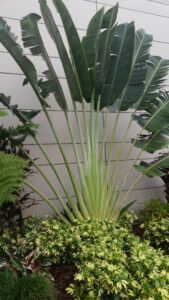
Vase Form in the Landscape
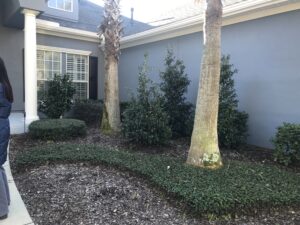
Sprawling Form in the Landscape
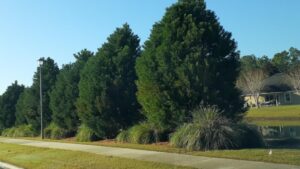
Oval Form in the Landscape
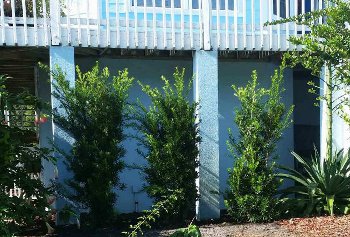
Columnar Form in the Landscape
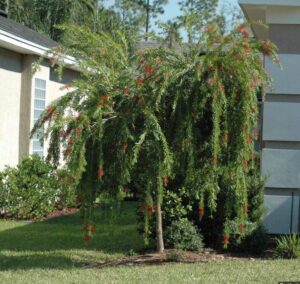
Weeping Form in the Landscape
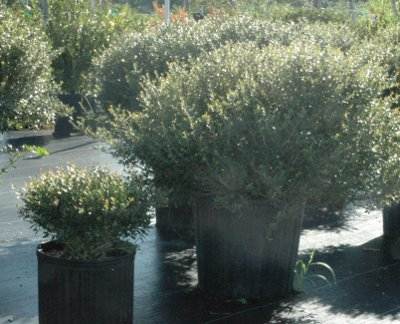
Rounded Form in the Landscape
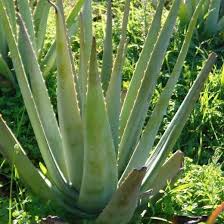
Spiking Form in the Landscape



